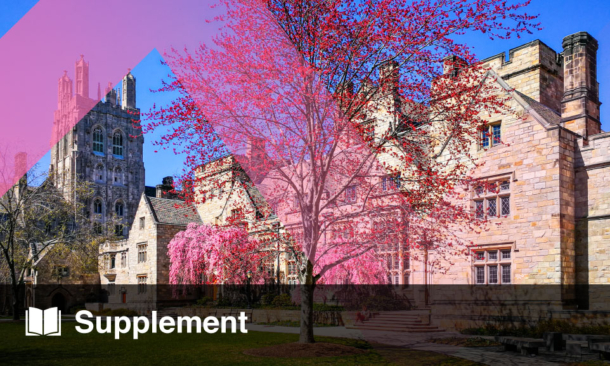A SUBGROUP analysis of the ARTESiA trial suggests that apixaban provides a significant reduction in stroke or systemic embolism in people with subclinical atrial fibrillation and a history of stroke or transient ischaemic attack, although it is associated with an increased risk of major bleeding.
The ARTESiA trial tested the use of apixaban versus aspirin in individuals with subclinical atrial fibrillation, and this specific subgroup analysis aimed to assess whether people with a history of stroke or transient ischaemic attack, who have an increased risk of recurrent stroke, would benefit more from oral anticoagulation.
The ARTESiA trial was a double-blind, randomised controlled trial conducted across 247 sites in 16 countries, with 4,012 adults aged 55 or older included. Participants with device-detected subclinical atrial fibrillation lasting from 6 minutes to 24 hours, and a CHA2DS2-VASc score of 3 or higher, were randomly assigned to receive either 5 mg of apixaban twice per day or 81 mg of aspirin once daily. The primary efficacy outcome was stroke or systemic embolism, while the primary safety outcome was major bleeding. The study found that among the 346 participants with a history of stroke or transient ischaemic attack, the annual stroke or systemic embolism rate was 1.20% for those taking apixaban, compared with 3.14% for those taking aspirin, resulting in a hazard ratio of 0.40. In the group without a history of stroke or transient ischaemic attack, apixaban reduced the annual stroke or systemic embolism rate from 1.07% to 0.74%, with a hazard ratio of 0.69. However, the risk of major bleeding was higher in the apixaban group, with 2.26% of participants experiencing bleeding compared to 1.16% in the aspirin group. The absolute risk difference in major bleeding was greater for individuals with a history of stroke or transient ischaemic attack (3% vs. 1%).
This analysis suggests that apixaban could offer a substantial benefit in reducing the risk of stroke or systemic embolism in individuals with subclinical atrial fibrillation and a history of stroke or transient ischaemic attack, supporting its potential role in secondary stroke prevention for this group. However, the increased bleeding risk should be carefully considered when making treatment decisions in clinical practice. Further research is needed to balance stroke prevention and bleeding risks, and to evaluate long-term outcomes that can guide treatment strategies for this patient population.
Katrina Thornber, EMJ
Reference
Shoamanesh A et al. Apixaban versus aspirin for stroke prevention in people with subclinical atrial fibrillation and a history of stroke or transient ischaemic attack: subgroup analysis of the ARTESiA randomised controlled trial. The Lancet Neurology. 2025;24(2):140-51.








